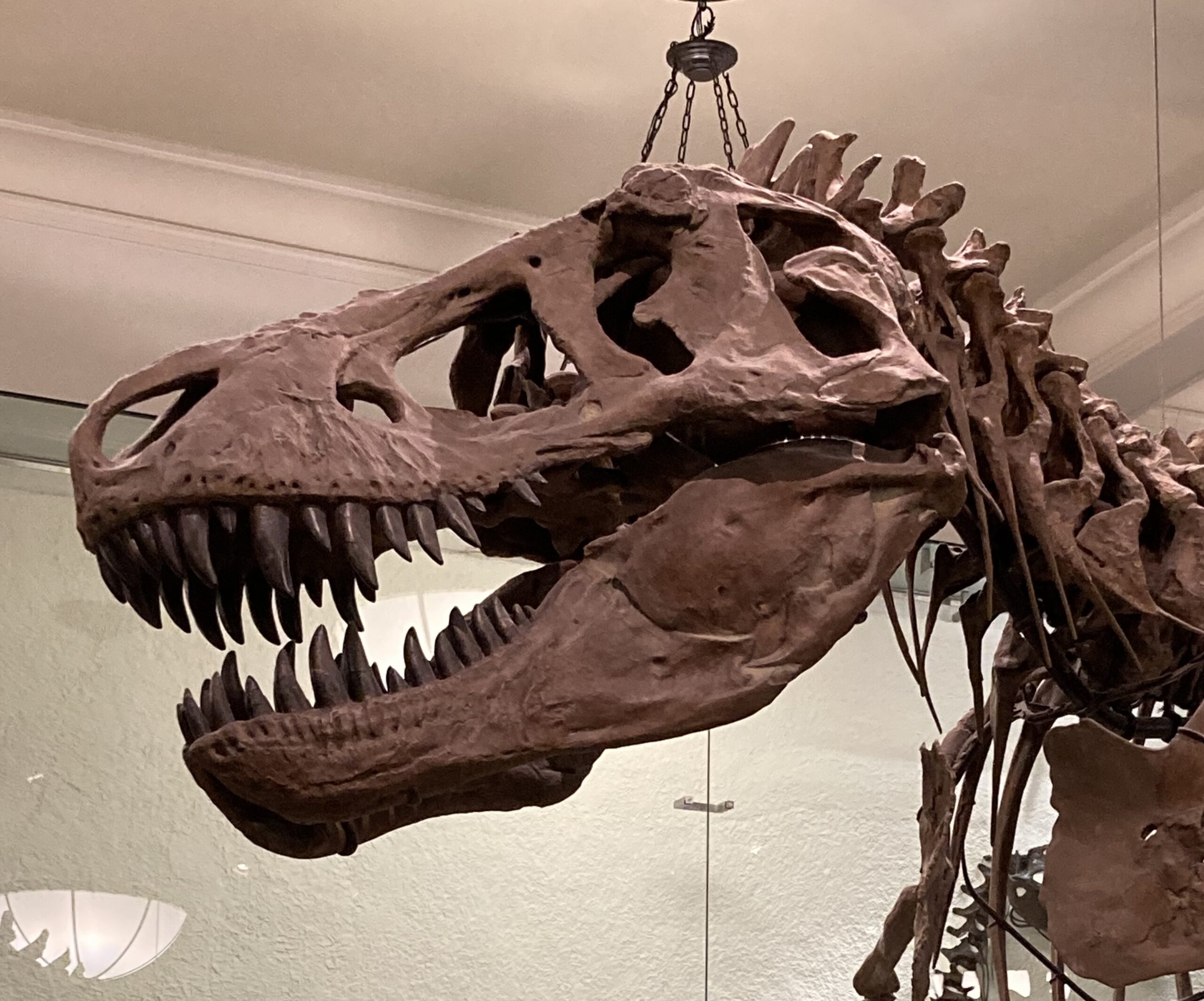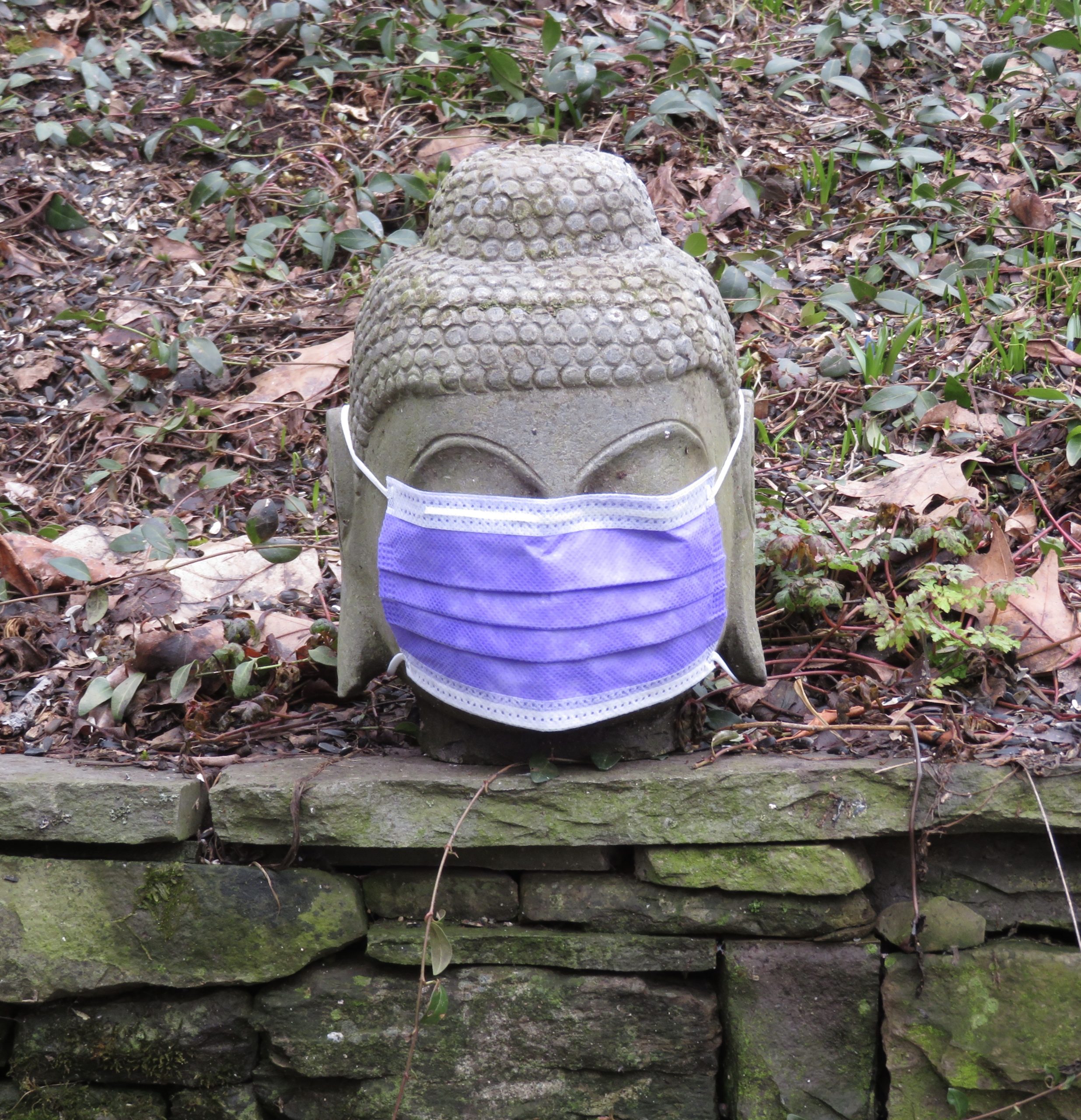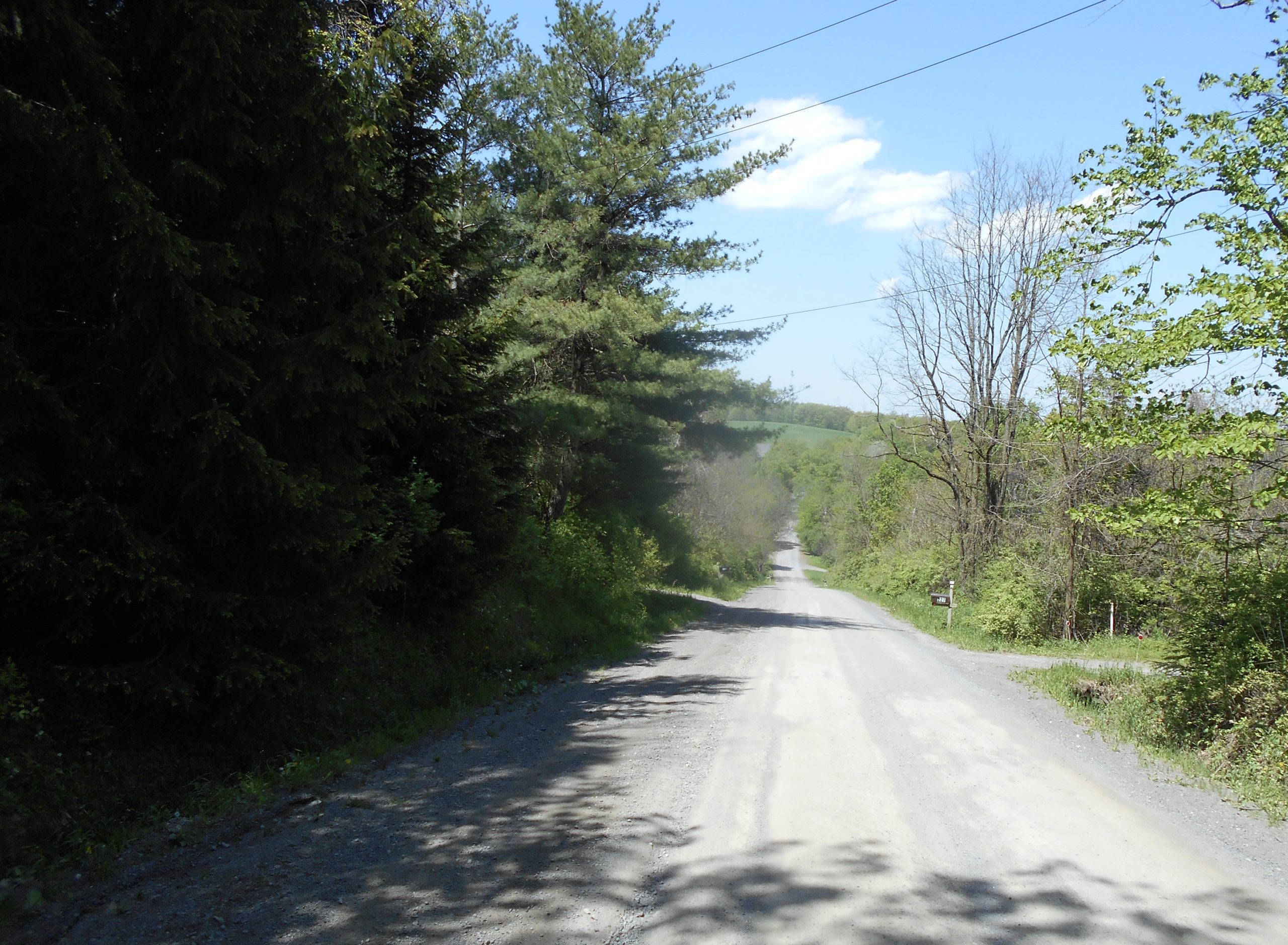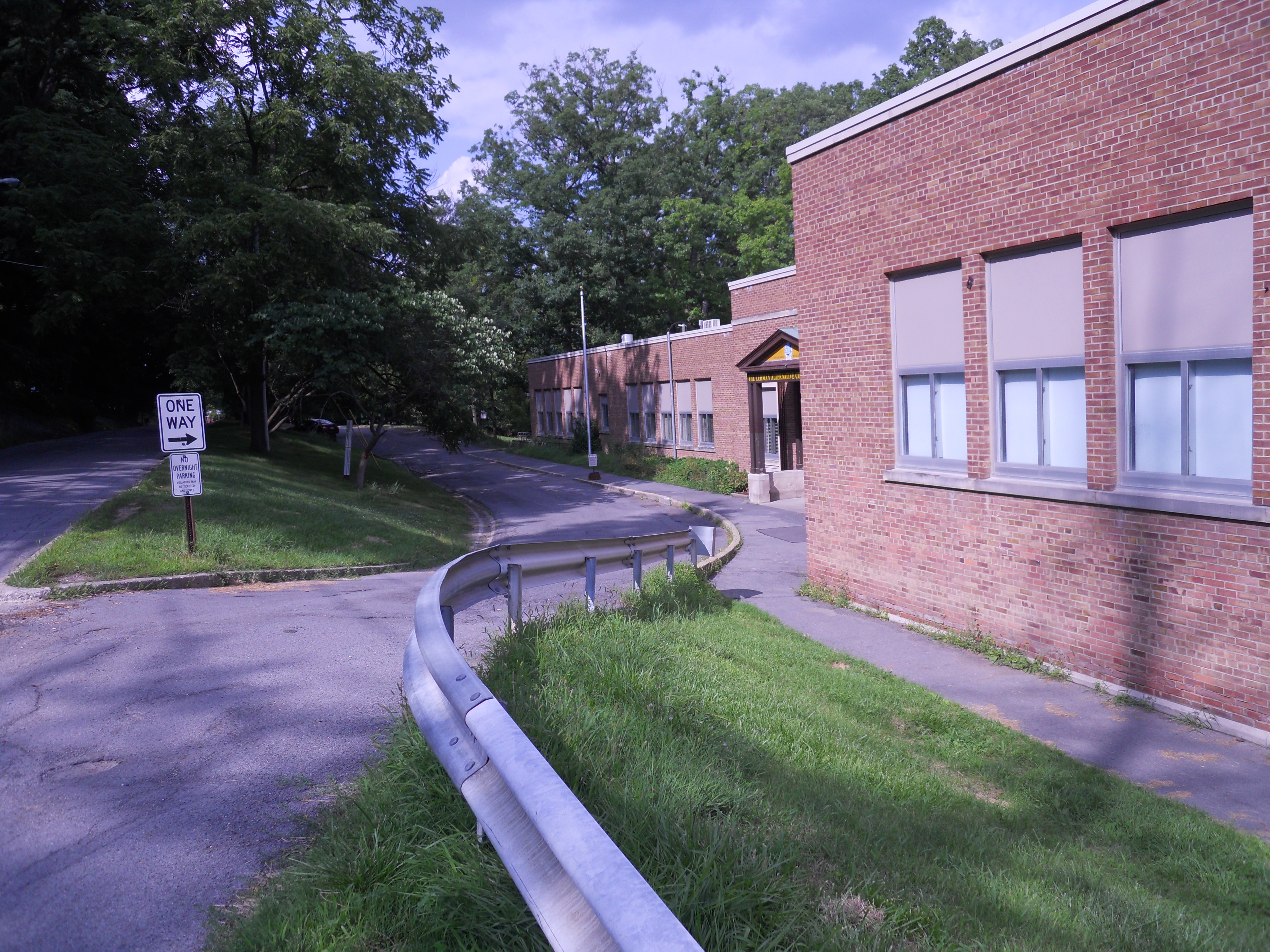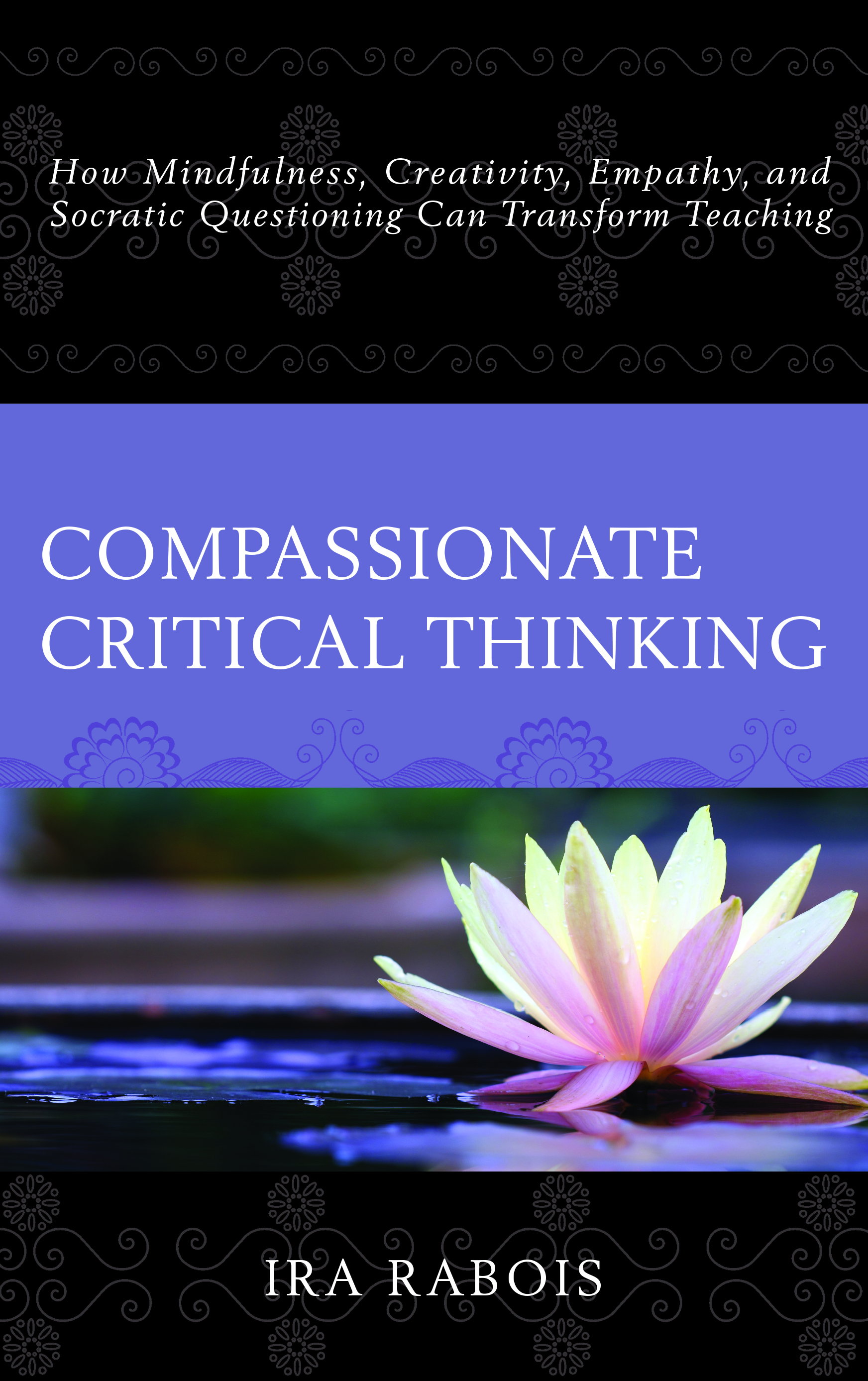This is going to be a very different type of tale, a different type of blog, a different type of creation. It’s going to be about love and hate, finding answers and humor, protecting democracy and freedom⎼ and saving everyone’s lives, even those, maybe, who have no idea their way of thinking about others is driving all of us to a cliff edge.
It’s about wonder. Creativity theory can be applied to create art and wonder. We all know that. It can be used to help us make decisions, discover possibilities. I wrote a book about how it can help us educate ourselves and others and think critically about anything. Maybe it can help us defeat a person who thinks being a white nationalist, a fascist concerned only with himself, is the only way to be. Maybe it could help us discover how to turn the variety of threats we face into the energy for constructive action.
A neighbor and friend shared on FB that we shouldn’t post even unbeautiful images of the American Voldemort. It would just reinforce his likeness in our mind, make him stronger. We should just ignore him. Let him die in oblivion. And there’s truth in that. But then I think of the saying, don’t think of an elephant. If we try to not think of an elephant, we think of an elephant. It’s a hypnotic technique. Tell ourselves don’t think of a jellyfish, don’t think of someone trying to buy the very air we breathe, and we’ll think of it.
George Lakoff, a linguist, and cognitive psychologist wrote two beautiful books using that quote in their titles. One of them is The ALL NEW Don’t Think of An Elephant: Know Your Values and Frame the Debate. We can’t not think of what we’re thinking about, not think of the public leader of those trying to own the planet, own all of us, without thinking of him. Think of a beautiful sunrise instead.
Imagine someone turning on a switch inside us to all our worst qualities, or all our resentments, grievances; turning on all the lies we tell ourselves, while subverting all truths. Or even worse, turning off our ability to discern the truth in ourselves, or others. Which means our very ability to feel our own bodies. A lie just feels wrong in our gut. Turning off our ability to feel the wrong in our gut destroys our ability to know what to think or eat. It makes us sick. And we project that wrongness in the wrong place, onto others.
Once people don’t allow themselves to feel the hurt and pain they cause, how could they ever hear the truth? How could they ever allow someone else to tell the truth? It would hurt them too much; it would shatter them.
But this is what might be happening with DJT. Just imagine the pain he might be feeling, and isolation. The only ways he knows to deal with his feelings involve denial and inflicting them on others. Soon he’ll be telling people the Democrats are aliens from Jupiter who have taken over the government, and President Biden is an alien tyrant. Alien to DJT because he can’t believe anyone really cares about others. Oh, maybe tyrant is too big a word for him. DJT does struggle so much with big words. Or not just big words. It’s thinking that he struggles with. Stereotypes are his forte. Lies. Hate.
And sales. He successfully blinds millions of the willing by selling hate and grievance. But recently, he desperately tried to sell sneakers at a sneaker convention and was loudly and repeatedly booed. Is his effort laughable⎼ or terrifying?
He constantly mouths untruths because his mind is a lollipop land created by Gollum. DJT wants to be the Lord of the Rings, but all he can manage is Gollum….
*To read the whole article, please go to The Good Men Project.

